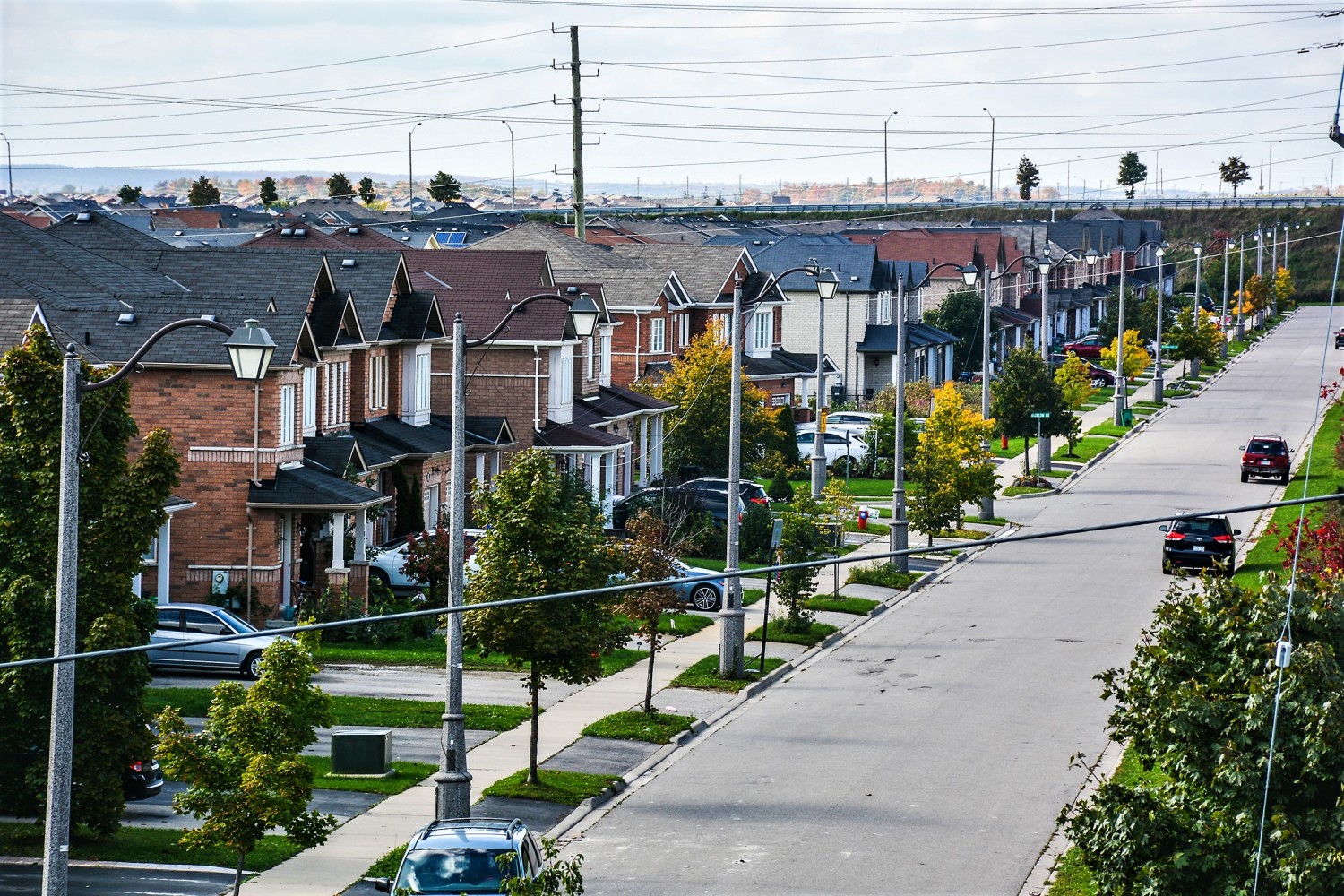
In Doug Ford’s world homeowners are the enemy
There are two certainties in life: death and taxes.
Fourteen months into his majority government at Queen’s Park, Ontario Premier Doug Ford has created a third: putting the responsibility for paying off services and programs squarely in the hands of property owners.
The pro-business advocate recently targeted the sick, families with kids in daycare, and those in need of ambulance service as issues that need a fiscal redressing.
After all, the debt clock is ticking.
The province’s Debt-to-GDP ratio for 2017-2018 was a crippling 37 percent and interest on the debt was $12 billion, representing 8 percent of Ontario’s revenue and its fourth-largest spending area.
It’s all about creating a governance model based on less is more – less government programs more financial returns for the 1 percenters who seem to drive the Progressive Conservative Party agenda.
Is Ford an economic ignoramus who doesn’t understand what a cost-benefit analysis means?
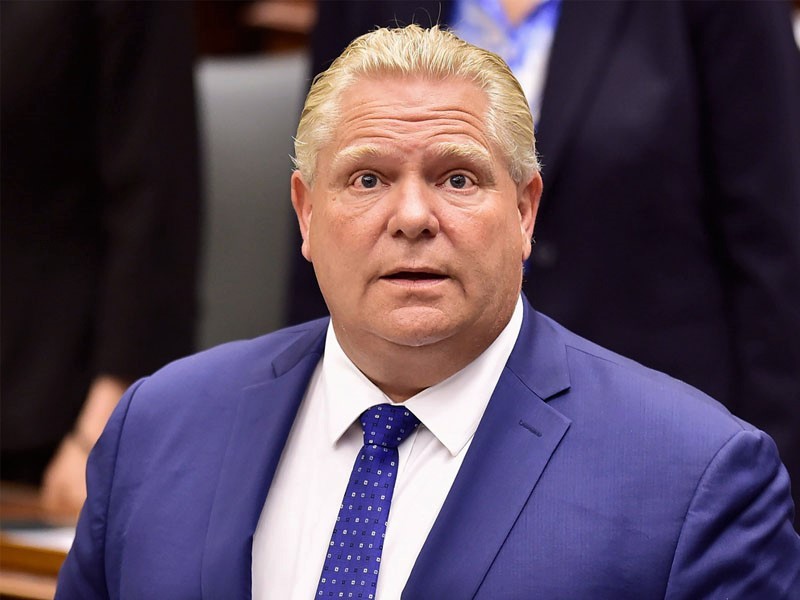
By downloading costs to a lower tier of government (the 400+ cities and towns across the province), it forces them to further download to their major revenue source – the aggrieved property owners.
Will this merry dance act as a governor on the province’s future growth?
It has already impacted Brampton which is being bombarded by growth pressures, healthcare shortages, transit funding shortfalls, and a land-use mix that is horribly imbalanced in favour of sprawling subdivisions.
But Ford is quick-stepping his way to balancing our books. Meanwhile, his pathological pursuit to find economic efficiencies has alienated him and his government from many grassroots voters and the local politicians charged with representing them.
There might be only one taxpayer in our democratic system, as Brampton Mayor Patrick Brown suggests, but they are not being treated equally.
Rent and you pay virtually no municipal taxes.
Buy and you are taxed to the max.
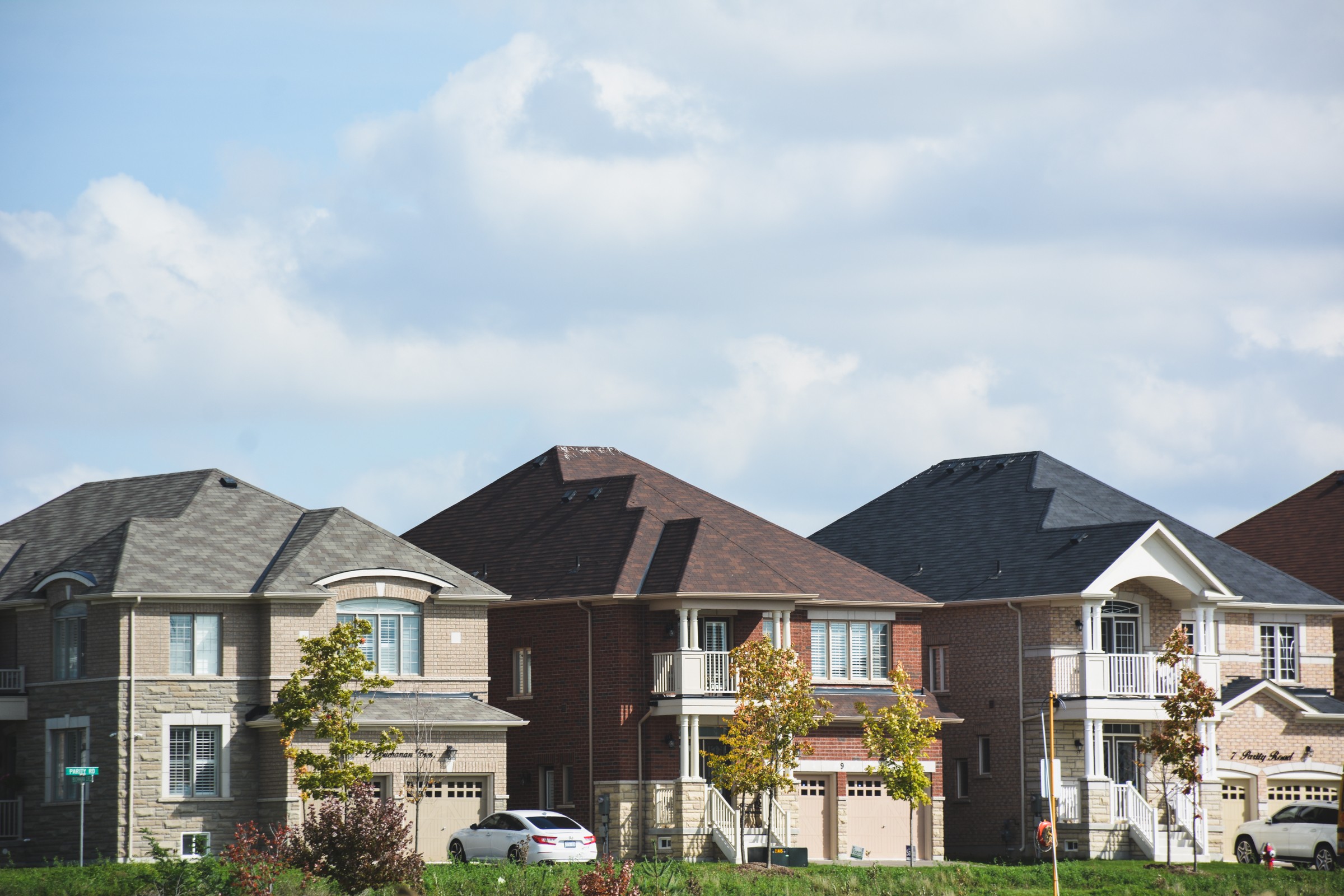
And under the PC government here in Ontario, that desire for home ownership comes with the rapidly increasing burden of paying for everything Queen’s Park, and Ottawa, deems too rich for their aristocratic friends to be bothered with. Like feudal kings, why not simply force the peasant farmers, unlucky enough to own their tiny plot of land, toil to keep the kingdom running.
Yes, Ford’s downloading specifically targets municipalities, but property owners must absorb all the punches.
For someone who enjoys being painted as a populist, it seems an odd way of ingratiating yourself with those who put you into office – or can just as quickly, toss you out.
Those 1 percenters who Ford seems so eager to serve, also make up about 1 percent of the electorate.
Good luck with that re-election plan!
Critics of the Ford plan to download costs on municipalities call it “short-sighted,” and believe the political ramifications will be harsh. Remember when municipalities from Toronto to Kawartha Lakes amalgamated services in the 1990s and 2000s in the hopes of creating fiscal efficiencies?
It was introduced as part of the Common Sense Revolution from the last PC party in power. A Fraser Institute study said it simply didn’t work.
But help is on the way for those aggrieved souls who watch their local tax tab increase exponentially.
Ford called for an economic re-do this past week at a gathering of 2,000 delegates at the annual Association of Municipalities of Ontario (AMO) Conference held in Ottawa. He told everyone who would listen that his government wants to slow down its contentious funding cuts to public health care, daycare, and ambulance services. It’s time to lessen the burden on its municipal partners.
This reset will allow communities like Brampton to prepare for their next budget and calculate their spending priorities. Many of these changes will take effect in January of 2020.
Brampton will now pay 20 percent of the cost of any new daycare spaces, and only 30 percent of public health costs, which is a slight improvement from Ford’s more aggressive cost-cutting measures. All together it will cost Peel Region taxpayers about $32 million more each year. This gets added onto the tab, after major funding responsibilities like affordable housing were previously downloaded onto municipalities, first from the federal government and then, in Ontario, to cities and towns, thanks to former premier Mike Harris, who also shifted certain social services to the municipal sector.
Cities and towns already owned two-thirds of all public infrastructure and could barely keep up with the associated costs. The downloading, including the latest shift of everything from some early childcare and paramedic costs to more public health funding on the shoulders of some municipalities (Peel will get a 7 percent break, but will still be in the hole more than $30 million overall each year) is an attack on property owners.
Ford has been on a wanton cost-cutting spree since his election win and has done so with all the subtleness of Darth Vader. But he was a much kinder and gentler chief executive at the AMO, telling the audience, “we’ve listened to you,” and you are “incredibly important to us.” He added, with all the disingenuous mite he could muster, “As the level of government closest to the people, municipalities know the needs of their communities best. We must work together to put local communities back in the driver’s seat of their own affairs.”
This from a leader who sought no input from Canada’s largest city before chopping its council in half only days after his election. This from a man who eliminated the public vote to pick a new chair of regional governments throughout Ontario (including Peel), without consulting with any of those regions. This from a premier who, only moments after Patrick Brown was elected the mayor of Brampton, announced (unilaterally) that Queen’s Park was stopping all provincial funding for proposed new universities across Ontario – including the $90 million earmarked for a Ryerson campus in our downtown core.
And this from a man who announced the sweeping funding cuts to municipalities earlier this year, without even thinking to ask them how they would cope.
In a voice quivering with compromise, and driven by polls suggesting he was now more unpopular than former Liberal leader Kathleen Wynne, Ford performed a political pirouette – but didn’t do the full 180.
Not surprisingly, his speech got a rather chilly response from critics. The leader of the province’s official opposition, the NDP’s Andrea Horwath, said: “Slashing public health and childcare is slashing things that keep our families safe and healthy. The human cost of failing people when it comes to public health, ambulance services and childcare is unthinkable.”
Others cast a wary eye at Ford’s attempt to play cuddly-bear – with hopes of emerging as the great compromiser. Brown issued a statement saying the downloading of programs and services to Peel Region would cost an additional $32 million to taxpayers. The 20 percent requirement for new child-care spaces also adds a “significant” cost for cities trying to balance their books. It will, in many cases, kill the possibility of any new spaces coming on-line in the near future. Before the conference even opened, Brown said the province had to give taxpayers what they need or expect to get “wiped out” in the 905 in the next election.
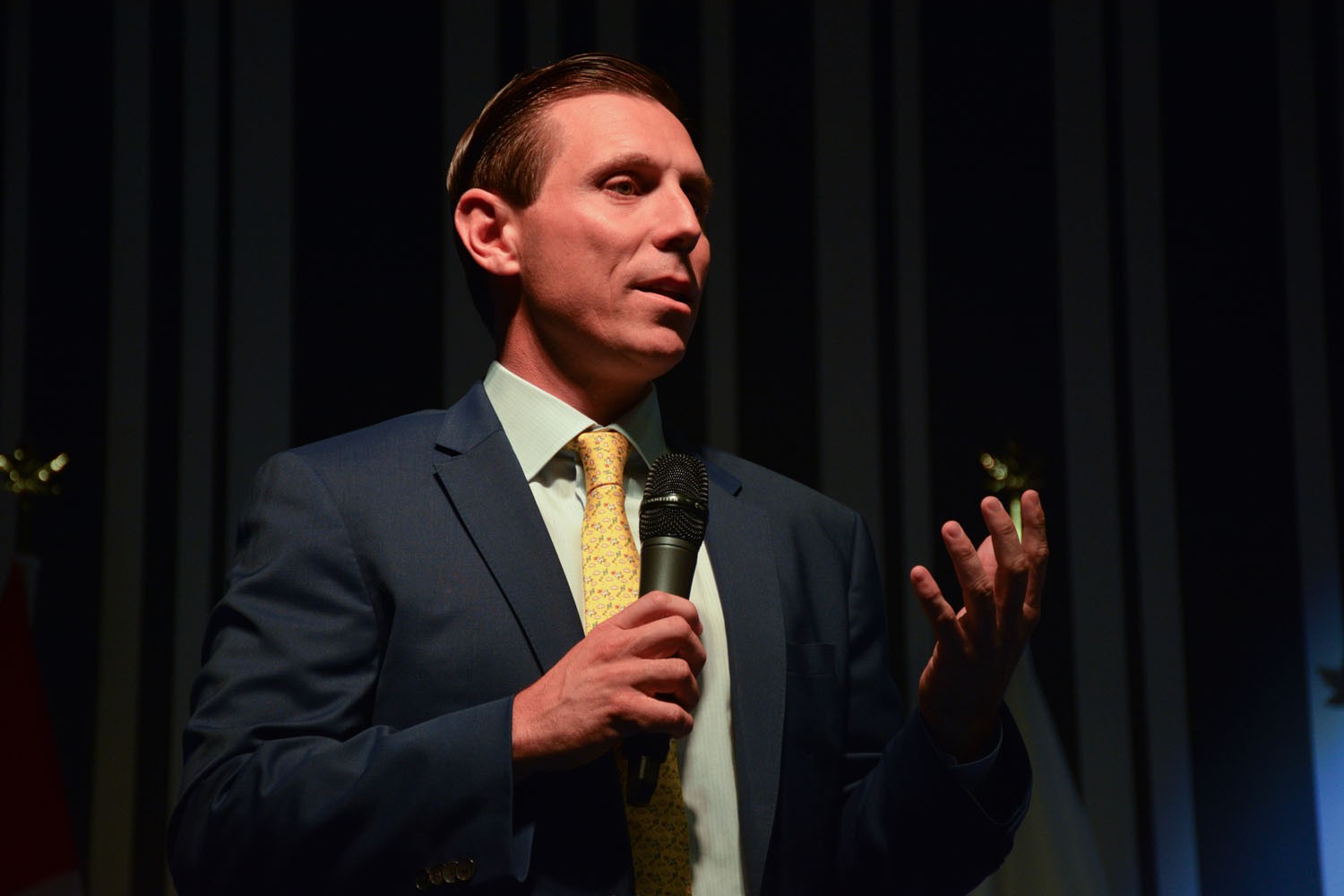
In Brown’s case, at the expense of his adopted city, Ford’s harmful treatment of the lowest tier of government, is somewhat ironic.
As PC party leader, in 2017, when Mississauga’s Bonnie Crombie and former Brampton mayor Linda Jeffrey joined other local leaders at that year’s AMO conference calling for Queen’s Park to hike the HST by one percent specifically for municipal infrastructure, Brown balked on the idea. Despite a municipal infrastructure shortfall pegged at about $5 billion annually across the province and mayors begging for more revenue to help beleaguered property owners, the ask was dead in the water. The Liberal government of the day barely batted an eye and Brown used the tired conservative trope of addressing the real problem: savings through the elimination of cost overruns when the publicly funded infrastructure is built.
Brown has since stated, as mayor, that he doesn’t believe in shifting taxation responsibility from one area to another if the burden still falls on the exact same people, the taxpayers who have to cover costs, regardless of which envelope they send their payments in.
A more sophisticated response by our leaders would see them grow the economy. Pursuing the policies and private sector investment to do so, should be the goal.
Instead, Ford has taken steps that will drive investment away, attacking foundational education that creates economic stimulation and stripping away funding for other social features that attract investment in healthy, forward-thinking jurisdictions.
If recent history is any guide, Ford has already shown his democratic tendencies when it comes to cuts to services and programs. He has targeted everyone equally. That hit list includes education (bigger classes, fewer teachers), hospitals, French-language services, indigenous services, clean water and food inspections, autism services, help for handicapped children, cuts to rape crisis centres, women's services, pharma care, at-risk youth programs, antiracism initiatives, school supplies, flood mitigation, the college of trades, the college of midwives, investments in infrastructure, green energy incentives, and a provincially funded assault on the federal carbon tax plan – to name just a few. In this city, there is no commitment to all-day, two-way GO Train service, or a start of Phase 2 of the Peel Memorial Centre for Integrated Health and Wellness, little hope of building a third hospital, no money for an extension of the light rail transit line through our downtown core, and nothing for our $246 million infrastructure shortfall – expected to climb to $743 million by 2027. The biggest blow was the $90 million stripped from the downtown university campus plan. Any man who thinks eliminating universities, hotbeds for attracting jobs and investment in innovation, is the answer to growing the economy likely hasn’t done much learning himself. Oh yeah, that does describe the Ontario leader, who couldn’t handle college and dropped out.
This is the person now downloading the province’s problems to cities. There are some sinister Machiavellian overtones.
Remember Bill 66 (Restoring Ontario’s Competitiveness Act), a smorgasbord of amendments that included Schedule 10? It was supposed to grow investment from the private sector and gave municipalities the power to override provincial protections on sensitive lands by enacting “open for business” bylaws if they might lead to big-time dollars rolling into the province. It gave city or town officials with skin in the property game (Caledon council) a chance to cozy up to developers and poach formerly protected Greenbelt lands – long ago saved by the former Liberal government under its Places to Grow (Smart Growth) legislation and other legislative protections.
The problem: the businesses and investment the scheme would attract would likely be limited to land-gobbling warehouses, strip malls and the sprawling subdivision housing developers look to cash in on by building on land, including protected areas, they bought up long ago. This approach to land use wouldn’t grow the province’s economy, it would harm it. Modern, innovative companies, and new start-ups creating our future world, don’t set up in sprawling, poorly planned regions. They want compact design, rapid transit, dynamic labour markets and the latest technology infrastructure to succeed.
Ford’s plan met with near universal condemnation and was pulled back – but only temporarily. Bill 108, the ‘More Homes, More Choice Act’ will benefit developers, infest the province (especially Brampton) with more sprawl, and raised the ire of Burlington’s outspoken mayor Marianne Meed Ward who issued a damning tweet shortly after the give-over to developers was passed.
Under Ford’s draconian game plan, cities in this province are under siege – which really means property owners. Remember that zero tax increase passed by Brampton council in this year’s budget? If Ford has his way, it will be a one-off.
The badly outdated Municipal Act (1849) was written when this province was rural routes and quaint villages, but still sets the agenda for a place now dominated by big cities like Toronto, Brampton and Mississauga. Yes, municipalities still get under 10 per cent of every tax dollar collected in Canada, while the provinces and the feds split the rest.
Which brings us to a fundamental question that really needed asking and answering at the AMO conference: How can the province create a fair funding formula for cities and shift the unfair burden from property owners?
Urban icon Hazel McCallion brought this issue up continuously from the time she first took office as mayor of Mississauga in 1978. She headed up the Big City Mayors conference and warned provincial officials the dam holding the monies raised from development charges and property taxes was about to break, and cities that had built out, would drown in debt if not given new revenue sources. The development charges were only ever supposed to pay for one-time costs to support the growth of new subdivisions and other construction, so cities and towns don’t have to cover things like water and sewer lines, additional fire and policing costs and roads needed to support the additional population. But the ongoing costs for all these pieces of crucial infrastructure and the maintenance of things like roads and parks, along with all repairs and replacement, eventually get shifted to the property taxpayer.
McCallion established the Greater Toronto Area Mayors’ Committee in 1992, and four years later, called for property tax reform. In 1997, when the PC government unveiled plans to spread out social service costs amongst all municipalities, Hurricane Hazel said the province was moving toward socialism. Brampton Mayor Peter Robertson called it a “betrayal of the suburbs.” A decade later, when the federal government balked at giving up any of its Goods and Services Tax (GST) to cities, McCallion was at it again, planning a 5 percent surcharge on property taxes in her city. When the infamous ice storm swept across Brampton and Mississauga in 2013, the damage was extensive, and the clean-up expensive, but the money was slow in coming from the province. These kinds of “unexpected costs” were another reason why McCallion said cities had to have a new funding formula to raise revenues.
But under Ford, the opposite has happened. No ideas. No consultation. Provincial restrictions on tax collection are still onerous, and the premier has turned downloading into an art form.
Maybe there’s a solution across the border?
In Philadelphia, the birthplace of America’s aversion to taxes, residents pay more city tax per capita than all but four other U.S. municipalities.
But, along with a handful of other American cities, it also gets to tax personal income, corporate income, property and sales. New York City, and other municipalities such as Louisville, Kentucky, share in this type of tax collection bounty.
What makes Philly unique is since the additional levies were introduced about 50 percent of its revenue has come from wage taxes — currently levied at a rate of around 3.9 percent — while only 20 percent is derived from property tax. A combo of sales tax, business tax, and others fill out the remaining 30 percent of revenues.
In the last fiscal year, Philly took in $3.4 billion in taxes, including about $2 billion from wages. Property taxes and real estate transfers accounted for nearly a billion, and more than half a billion in property taxes went straight to the school board.
Can you imagine Brampton receiving more revenue from taxing wages than property? It would create a powerful and direct incentive for the city to attract jobs, which would have the dual impact of also shifting more of the city’s badly imbalanced property tax base away from struggling homeowners, toward commercial properties.
New York City’s booming real estate market passes along 40 percent of its revenue from property taxes, which is double its take from income tax.
Mississauga, led by McCallion and facing a rapidly growing infrastructure gap, floated the idea of asking the province about seven years ago for the same land transfer tax that only Toronto enjoys. But a widespread backlash from residents and the real estate industry killed her notion.
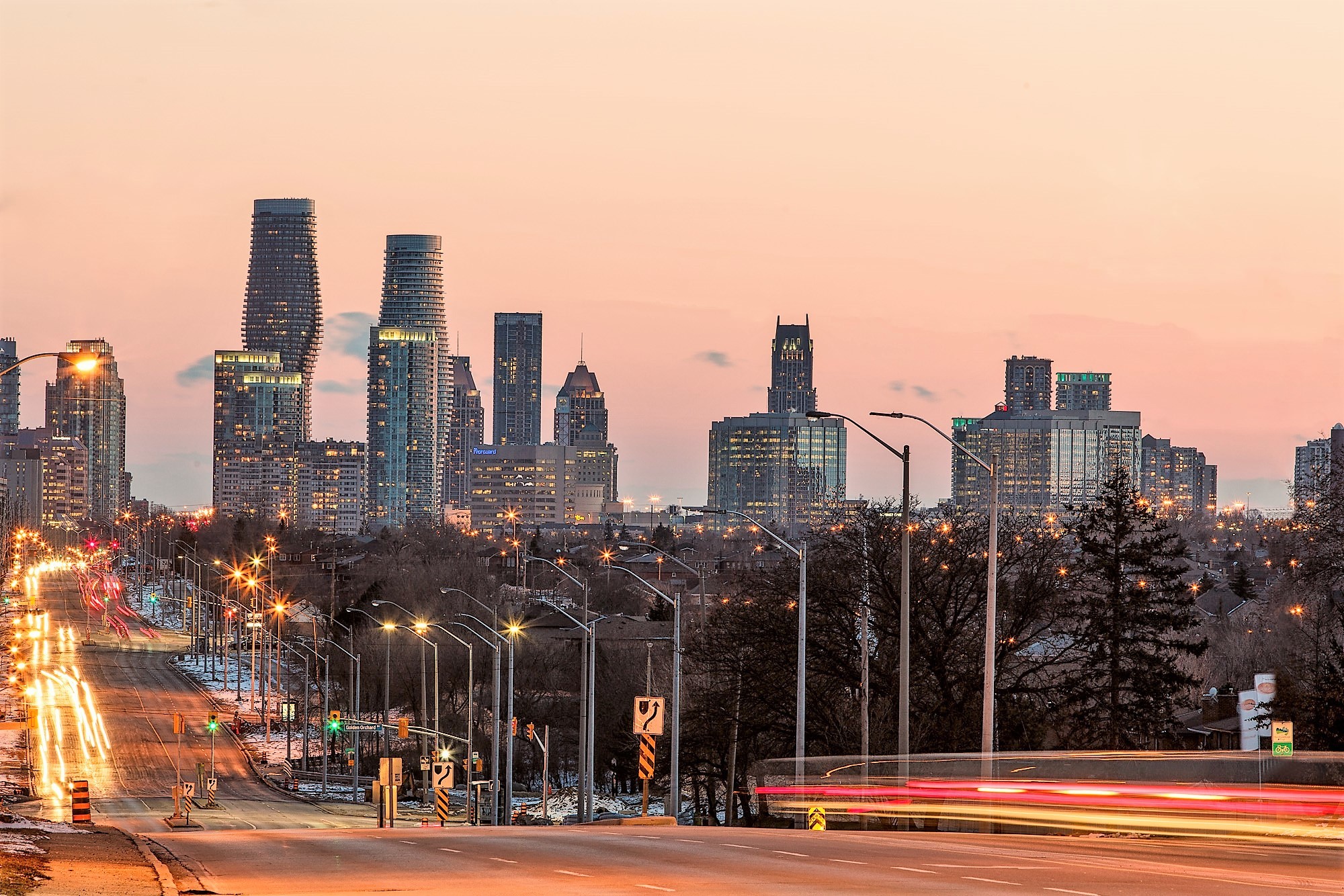
The first recorded tax in Canada appeared back in 1650, and after Confederation, the provinces were restricted to taxing income and property. By 2009, local revenues reached $122 billion, split between property taxes and transfers from the provinces. The municipal tax base in most towns and cities was property-based – homes and businesses.
One of the major criticisms levelled against the tax is that it is regressive, especially if irresponsible cities such as Brampton force homeowners to cover more of the burden than business-property owners.
If you own instead of renting, despite your income actually stagnating or even decreasing for many (especially when inflation is factored) every time Ford and other government’s force you to add things like affordable housing, more for paramedics, more for early childcare, more for conservation and flood mitigation onto your shoulders, it’s your income being attacked, not the wages of people who pay provincial and federal income tax but do not own property. All property is owned by someone or some corporate entity, so the tax money will always be collected. It’s a matter of who it will be collected from.
While modern property ownership comes with this unfair, regressive reality of being burdened with an outsized share of costs to keep our society running, demographics are already dramatically changing attitudes toward personal home ownership.
A modern-day worry for provincial and municipal tax grabbers, is the population curve. For different reasons, the boomer and millennial generations are moving away from property ownership. A Forbes magazine article on why empty nesters should rent in retirement, said the 60-and-over crowd should cash in on their biggest investment, their home. Meanwhile, millennials find nothing noble or financially prudent about home ownership.
It seems prospects for taxing individual property owners might be slimming. Will we move toward societies that largely feature corporations and smaller entrepreneurs buying up all properties, even residential ones, if the taxes get even more regressive? It’s more likely the trend in over-burdening property taxpayers will have to be turned around by policy makers, because eventually even the private sector will walk away if it no longer makes sense to own. The tax base has to be more evenly spread.
Most boomers are empty nesters, and the urge to sell is growing. There are gobs of money to be made, and they can rent condos, townhouses and apartments and pay for that rent by the money made on their investments. They don’t have to worry about a home’s upkeep, insurance, further “unexpected costs,” and especially the ever-rising property taxes. Naturally, more demand will push up prices in the rental market, but right now it seems like a profitable pay-off.
Boomers and millennials want fiscal flexibility, and a push towards tax aversion makes sense on multiple levels.
Many boomers and millennials have already done the math, and their own cost-benefit analysis. After Ford presented his speech to the AMO, Mississauga Mayor Bonnie Crombie did a little downloading herself, and this time targeted the premier.
“We’re the ones who have to run balanced budgets at the end of the day,” she said. “They’re [downloads] causing us to increase our taxes or cut our services to our residents.”
The Ford government’s intent to download the costs of services and programs to municipalities, only forces them to pass them further along the chain to property owners. The buck stops with them.
This eventually creates an incentive for owners to flee the market.
If Ford wants a true partnership with municipalities, that must mean finding a real-time solution to creating funding formulas that are fair and equitable for all. Of course, the real solution to the province’s dire economic problems lies in growing our economy. This government, which repels innovation, axes university funding and cuts our public education, while giving our land away to the dinosaur developers who fund the party’s coffers, has no clue about building a modern economy.
Unfortunately, the only alternative for municipal homeowners will speed up the two unavoidable facts of life, as they get taxed to death.
Submit a correction about this story


